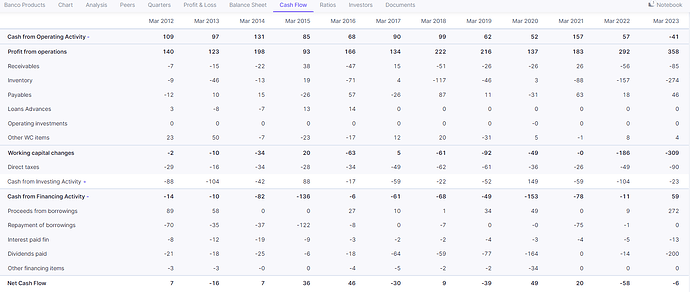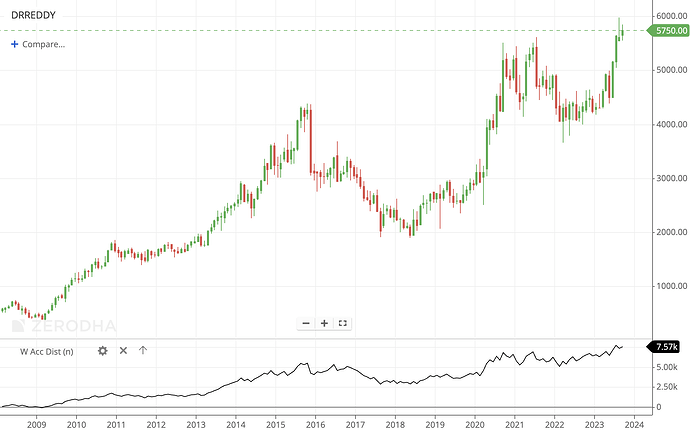@nileshKumar
Selling is always a tricky issue. Not any specific book on how and when to sell stocks. We can learn from our own mistakes. And keep observing stocks that have made major tops and reversed and see how things have changed for the company at that period of time. Read comments on VP thread on that particular company, particularly at the time of the stock price topping out. Often it provides important learnings.
An important aspect to selling is to know which kind of company you are holding.
If it is a high growth stock, then it might make sense to keep holding on, even in the face of a strong run up. If these correct at all, these will go for some sideways consolidation before resuming their upmoves again. You can see a lot of such examples in current markets. Most of the times these kind of stocks do not fall more than 20-25% from their latest tops.
If you are holding a flavour of the season kind of stock, then it makes sense to exit when there is a lot of extrapolation related to its future prospects. We have seen these things happen in the past in chemicals, pharma, etc. Defence, railways etc sectors seem to have heated up a lot and there are a lot of expectations related to their growth built only on their order books. The party still seems to be on and could last much beyond anyone’s expectations , but I feel that sector needs watching for any signs of topping out.
Technically it is a bit easy to figure out short term and major tops. Short term tops are often seen by smallish double top patterns after sharp run ups. Or at times, a doji candlestick after a breathtaking rally. Or other bearish candlesticks. Or a gap down fall with huge volumes.
If someone wants to sell on the way up , then one can use RSI over bought indication on weekly and monthly charts to start lightening up positions. Usually when weekly or monthly rsi tends to go beyond 90, or if there is some divergence in RSI and price, it’s often a signal for trimming positions and then gradually plan total exits. In many instances, definitive breach of the 10 week moving average in stocks which have rallied hard and correct gives early indication of a top.
If someone is a long term investor holding consistent compounders like HUL, Pidilite, PI Inds, Nestle, HDFC Bank, Kotak bank etc, then there is no urgency to sell. There idea should be buy when there is big correction and then sit back.


